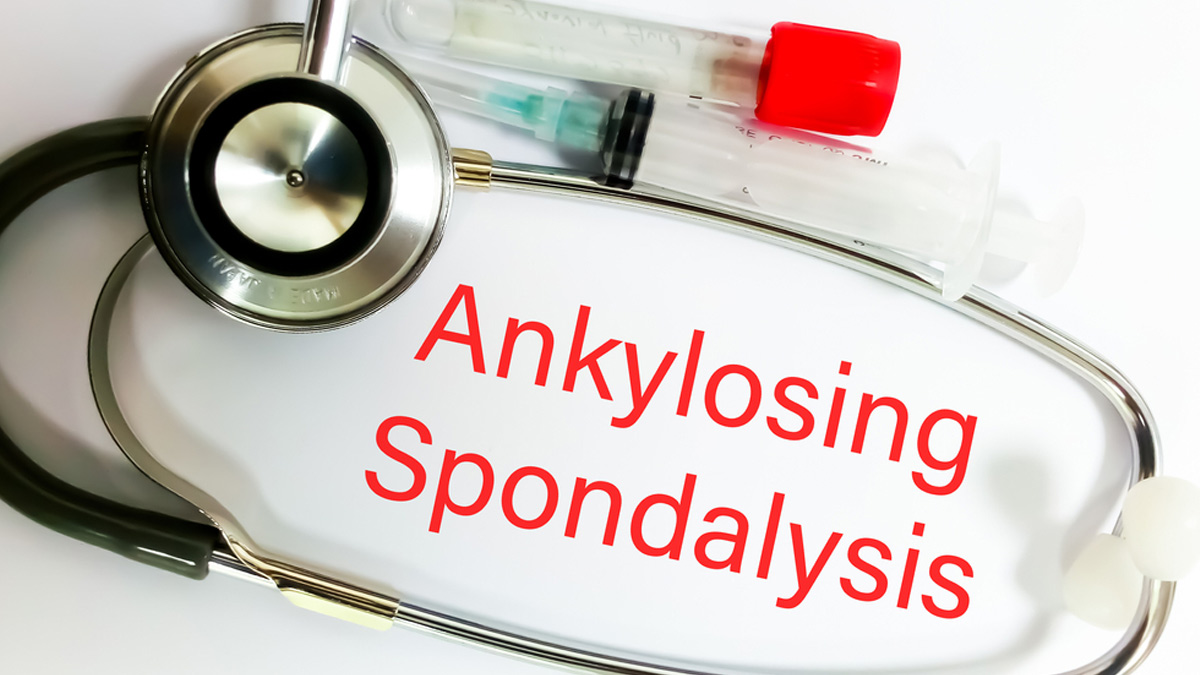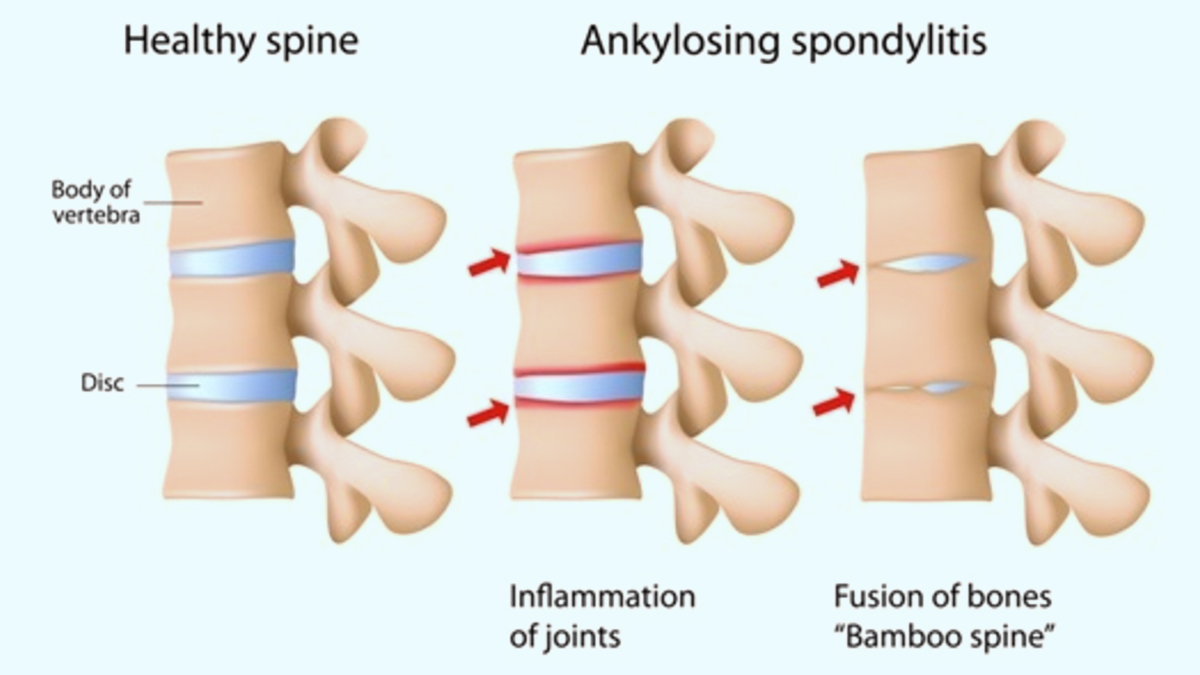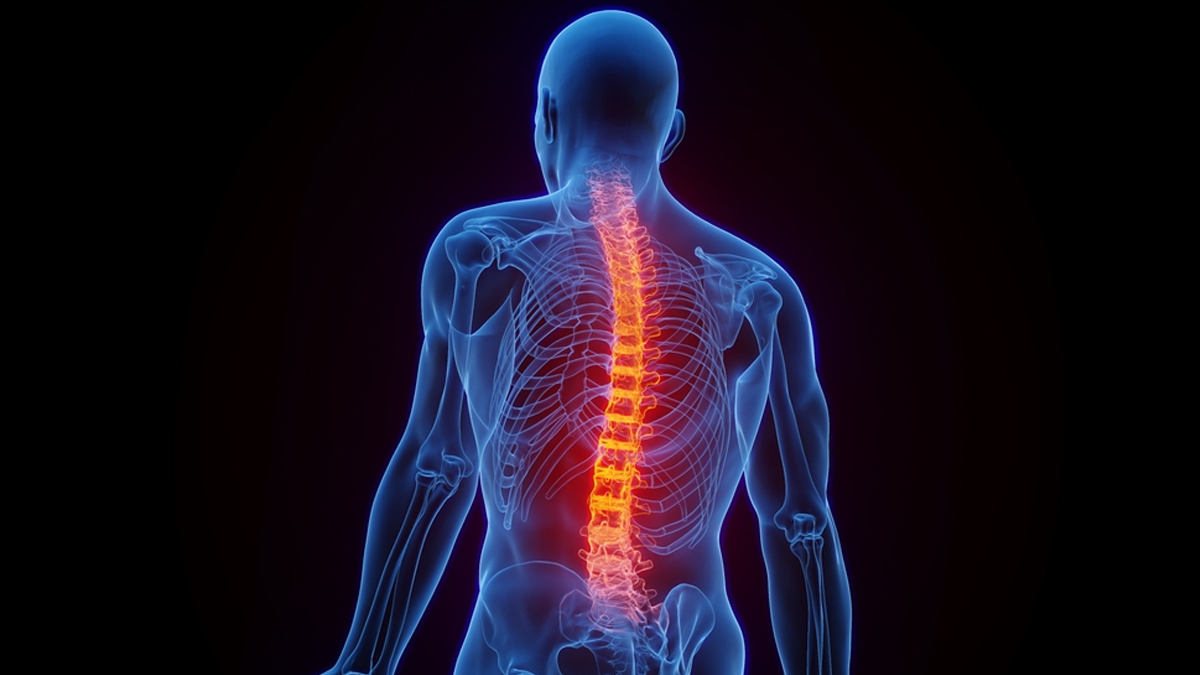
Ankylosing Spondylitis is a type of arthritis that mainly affects the back, by causing inflammation and stiffness in your spine. Also called as Bechterew disease, ankylosing spondylitis usually starts in your lower back and can spread up to your neck or can even damage joints in other parts of your body.
Table of Content:-
To understand more about this disease, OnlyMyHealth team interacted with Dr Rohit Lamba Head of Department and Senior Consultant, Bone, Joint Replacement and Orthopaedics, SHALBY Sanar International Hospitals, Gurugram.
Explaining, Dr Lamba said, “Ankylosing Spondylitis is an inflammatory disease that can cause some of the bones in the spine to fuse, over time. The fused spine can flatten the normal curves of the spine and make it less flexible which can result in a hunched-back posture.”

Why Is It Called Youngster’s Disease?
According to the Spondylitis Association of America, people often develop Ankylosing Spondylitis between the ages of 17 and 45. Most people develop this disease in their twenties and thirties.
“It is known as youngster’s disease because it typically appears between the ages of 15-20 and the symptoms are frequently ignored by the children, blaming it on straining and postural alteration. By the time the patient consults in the OPD, they are in their thirties and the condition progresses and becomes difficult to treat,” Dr Lamba said.
Also read: Does Ankylosing Spondylitis Affect Male Fertility? Expert Explains
Symptoms of Ankylosing Spondylitis

Describing symptoms, Dr Lamba said, “At its initial stage, Ankylosing Spondylitis symptoms may include neck pain, fatigue, back pain, stiffness in the lower back and hip joints.” These symptoms may get worse after periods of inactivity. Over time, the symptoms may improve, worsen or stop intermittently.
Most commonly affected areas are the joint between the base of the spine and the hip bone, the ribs and breastbone, the spine, lower back, the hip and shoulder joints.
Explaining the severity in some cases , Dr Lamba said, “In severe cases, as part of the body's attempt to heal new bone growth takes place. This new bone bridges the gap and gradually fuses sections of the spine and hence the spine becomes rigid and inflexible. The fusion can also stiffen the rib cage leading to restricted lung capacities and breathing issues.”
Diagnosis

After a thorough evaluation of your medical history and examination of the joint by an Orthopaedic doctor, imaging tests like X-rays, CT or an MRI scan may be advised to confirm the diagnosis and further evaluate the condition. “Blood test for the HLA-B27 gene helps in diagnosing the condition. People who have the gene don't have ankylosing spondylitis, and people can have the disease without having the HLA-B27 gene,” Dr Lamba explained.
Also read: What Are The Different Types of Spondylitis? Learn About 3 Major Types In This Article
Treatment of Ankylosing Spondylitis
If you are diagnosed with ankylosing spondylitis, here are some treatment options for you listed by Dr Lamba.
Lifestyle choices: Exercising and stretching on a regular basis, actively practicing a correct posture, quit smoking and supplementing your diet with calcium and Vitamin D can be of great help to manage the symptoms early on
Medications: Non-steroidal anti-inflammatory Drugs (NSAIDs) can help reduce pain and inflammation
Physiotherapy: A physiotherapist can guide you through exercises to reduce pain, strengthen the muscles around the joints, improving the flexibility of the joint and increasing its range of motion
Surgery: Most people with Ankylosing Spondylitis do not require surgery but it may be recommended if you have severe pain or if the hip joint is severely damaged and needs to be replaced through a Total Hip Replacement Procedure.
Conclusion
Ankylosing Spondylitis is a chronic and painful condition. It is important to understand the symptoms and take proper precautionary measures. Consultation with an Orthopaedic doctor at the earliest is a must to rule out other diseases with the same symptoms and get treated for Ankylosing Spondylitis.
Also watch this video
How we keep this article up to date:
We work with experts and keep a close eye on the latest in health and wellness. Whenever there is a new research or helpful information, we update our articles with accurate and useful advice.
Current Version